Bow knee is a condition where the person’s both knee falls in a “bow” shape , Bow Knee is totally opposite to Knock Knee. This can be caused by a variety of factors, including genetics and injury. Symptoms may include pain when walking, instability when walking and kneeling, and difficulty engaging the quadriceps muscles. Bow knee should be evaluated by a doctor to determine the cause and treatment.
If you’re curious about bow knee, here’s what you need to know. Bow knee is a condition in which the knee bends inward (often called a “bow”), causing severe discomfort and limitation in movement is a bow knee meaning. In most cases, bow knee is caused by weakness or lack of range of motion in the hamstring muscles, which attach along the back of the thigh. The condition can be mild or severe, and can occur at any age. While there is no known cure for bow knee, treatment typically focuses on restoring muscle strength and range of motion.
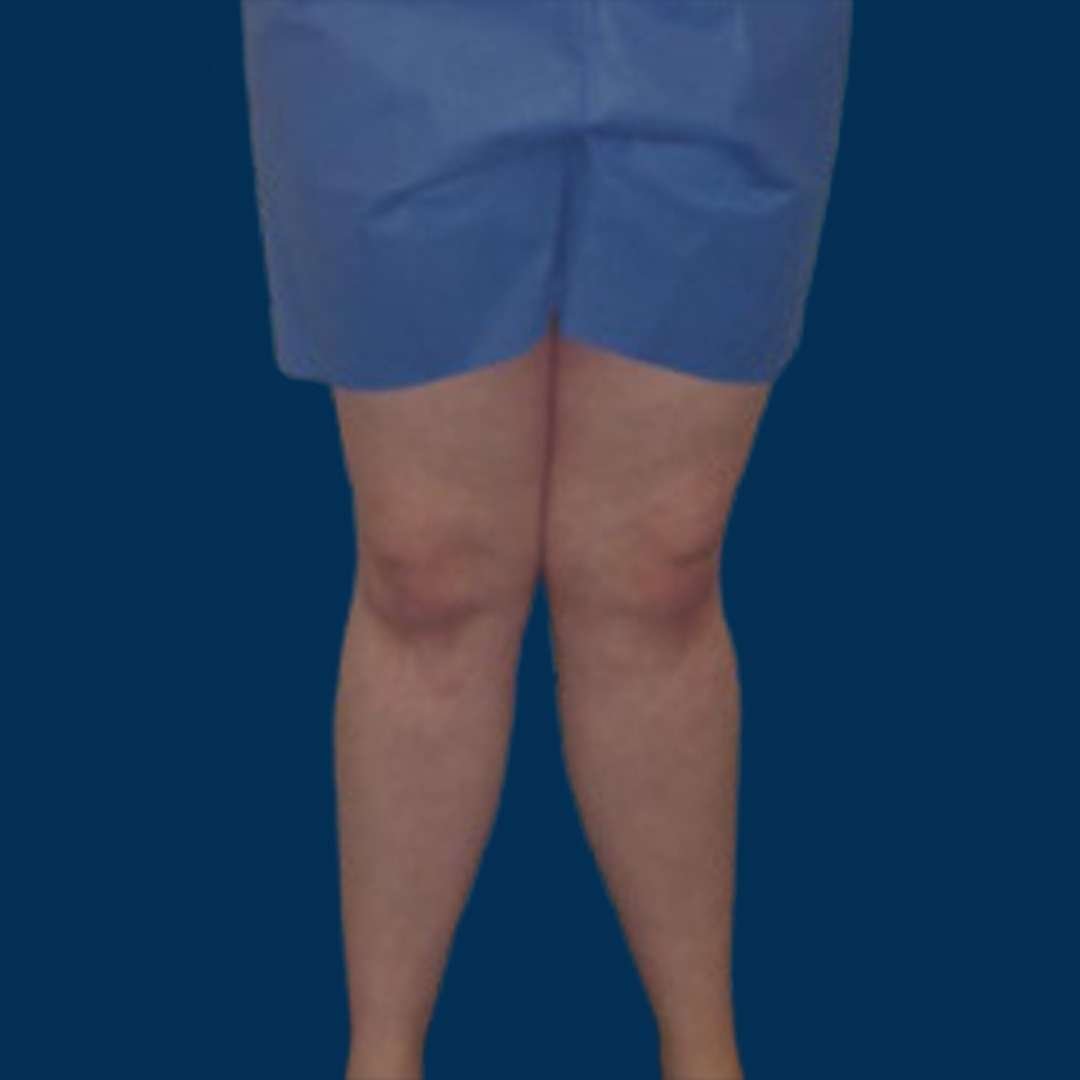
There are many potential causes of bow knee deformity. One common bow knee causes is unequal leg length, in which one leg is longer than the other. This can be caused by conditions such as hemihypertrophy or tumors. It can also be caused by birth defects such as clubfoot. Other bow legged causes of bow knee deformity include injuries to the bones or muscles around the knee, obesity, and diseases that affect the bones, such as osteoarthritis.

A person is said to have bow legs if their knees angle outwards more than 10 degrees from their feet when their legs are straightened. Bowleggedness is a common condition in children, but can also occur in adults. While it is not always a cause for concern, there are some symptoms that may suggest you have bow legs and warrant a visit to your doctor. These symptoms can include knee pain, difficulty walking, and an uneven gait. The cause of bow legs can vary, and may be due to genetics, childbirth, or an underlying medical condition. Treatment for bow legs will depend on the underlying cause. In most cases, however, simple exercises or braces may be recommended.
Bow legs, also medically known as Genu Varum, is a condition that causes the knees to angle inwards towards each other. This can cause pain and discomfort, as well as make it difficult to walk or run. There are several bow knee treatment options available for bow legs, including surgery ( bow knee correction ), braces, and physical therapy.
Most people think that bow knee correction exercises are only for children, but that is not the case. Adults can also benefit from these exercises. The purpose of these exercises is to help stretch and strengthen the muscles around the knee joint. This will help to correct the bowleg deformity over time.
It is important to start out slowly when doing these exercises. You do not want to overdo it and end up hurting yourself. In fact, it is a good idea to check with your doctor before starting any new bow Knee exercise routine.
There are a few different exercises that you can do to correct bowlegs. One of them is called the wall pushup. To do this exercise, you will need to stand about two feet away from a wall with your feet shoulder-width apart. Then, lean into the wall with your palms flat against it.
Surgery is a common treatment for bow knee correction surgery. This procedure involves making a cut in the back of the leg, under the hamstring and above the knee.
One of the most common surgical procedures is knee surgery. However, there is a procedure known as bow knee surgery that is becoming more and more popular.
The most common procedure utilized to correct bowed legs is known as Corrective Osteotomy . The procedure involves Dr. Bakul Arora cuts the relevant bones below or above the knee, and then realigns the bones. Adjusting the angles of the bones allows for even weight bearing through the knee and decreases the risk of degenerative joint disease.
There are many different factors to consider when deciding whether or not to have bow-knee surgery. Bow knee fix surgery is usually performed on younger patients with severe bow knee deformity, or when left untreated in older patients.
If Bow Knee Cause is due to Osteoarthritis Then Total Knee Replacement is be ideal option.
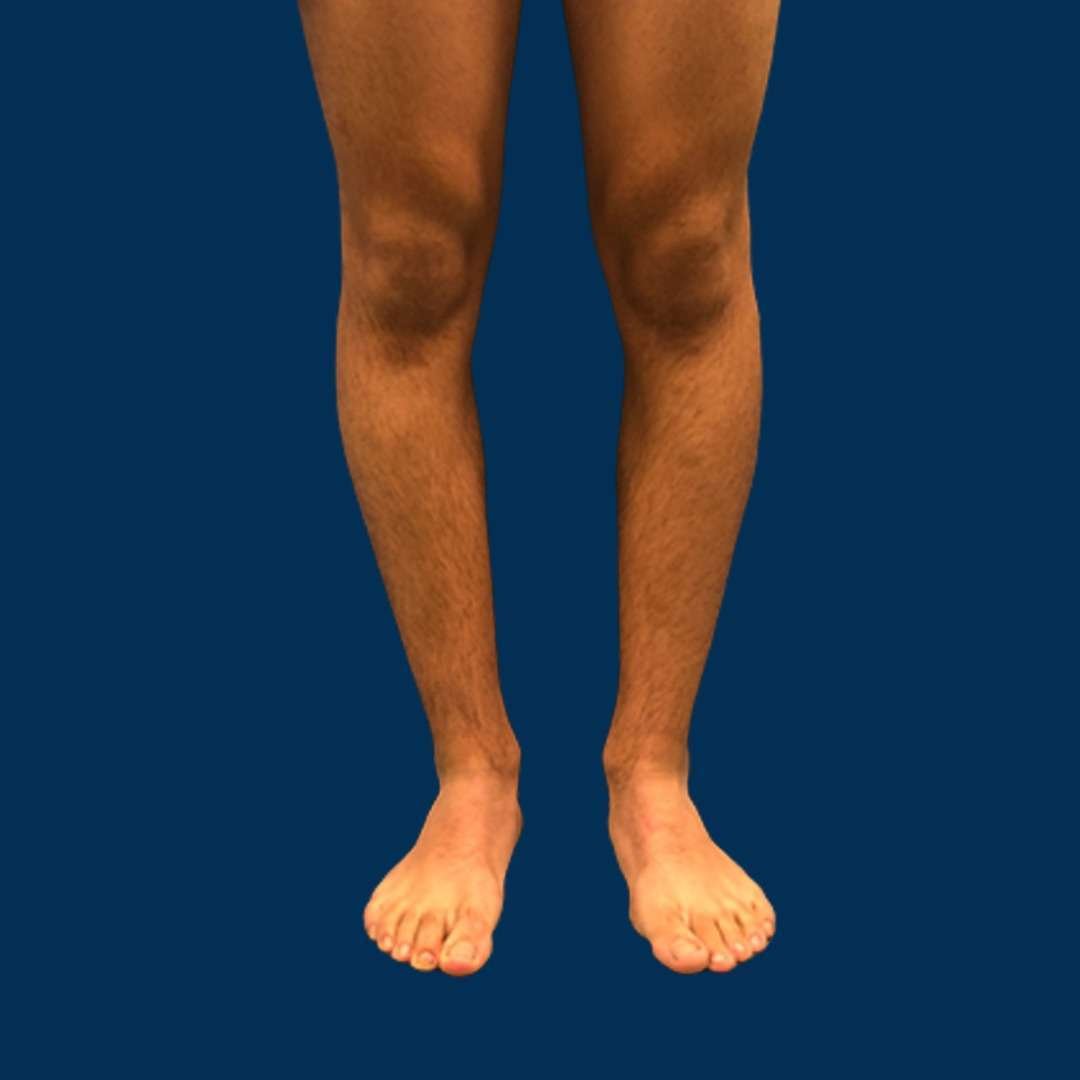
Most people who have bow legs don’t even know it because it doesn’t cause them any pain. However, there are some people who do experience pain from the condition and may require treatment. If you’re one of those people, then you’re probably wondering what the recovery process is like. Here’s what you can expect:
The first step in recovering from bow legs is to identify and treat the underlying cause. This may include taking medication, undergoing surgery, or simply following a treatment plan prescribed by your doctor. In most cases, however, the recovery process is relatively short and straightforward. You should be able to resume your normal activities within a few weeks.
There may be some swelling and bruising after bow leg fix surgery, but this will gradually subside. It’s important to follow your doctor’s instructions carefully during the recovery process to ensure a successful outcome.
Parents often wonder if bow leg surgery is worth it for their child. While many children grow out of this condition on their own, others may require surgery to correct it. The decision to have surgery should not be taken lightly. There are many factors to consider, including the age of the child, the severity of the bow legs, and potential complications.
Surgery is a scary word for many people. The mere mention of it can conjure up images of pain, needles, and scalpels. For some, the thought of surgery is enough to keep them from seeking medical help when they need it. But is surgery really as bad as we think it is?
Most people never give a second thought to whether or not surgery is painful. However, when it comes to procedures like Bow Leg Correction and Knock Knee Correction Surgery, there are some concerns that patients may have about the level of pain they might experience during and after surgery.
Fortunately, advancements in surgical techniques and technology mean that patients now experience far less pain than ever before. In fact, most people report feeling only minimal discomfort during and after surgery.
In some cases, surgery is recommended to correct bow legs or knock knees. Traditionally, this surgery was performed through a large incision, but now there is a minimally invasive technique that may be an option. This approach uses small incisions and special instruments to correct the alignment of the bones. There is limited research on the safety and effectiveness of this approach, so more studies are needed before it can be recommended as a standard treatment. However, for some people, this approach may be a good option.
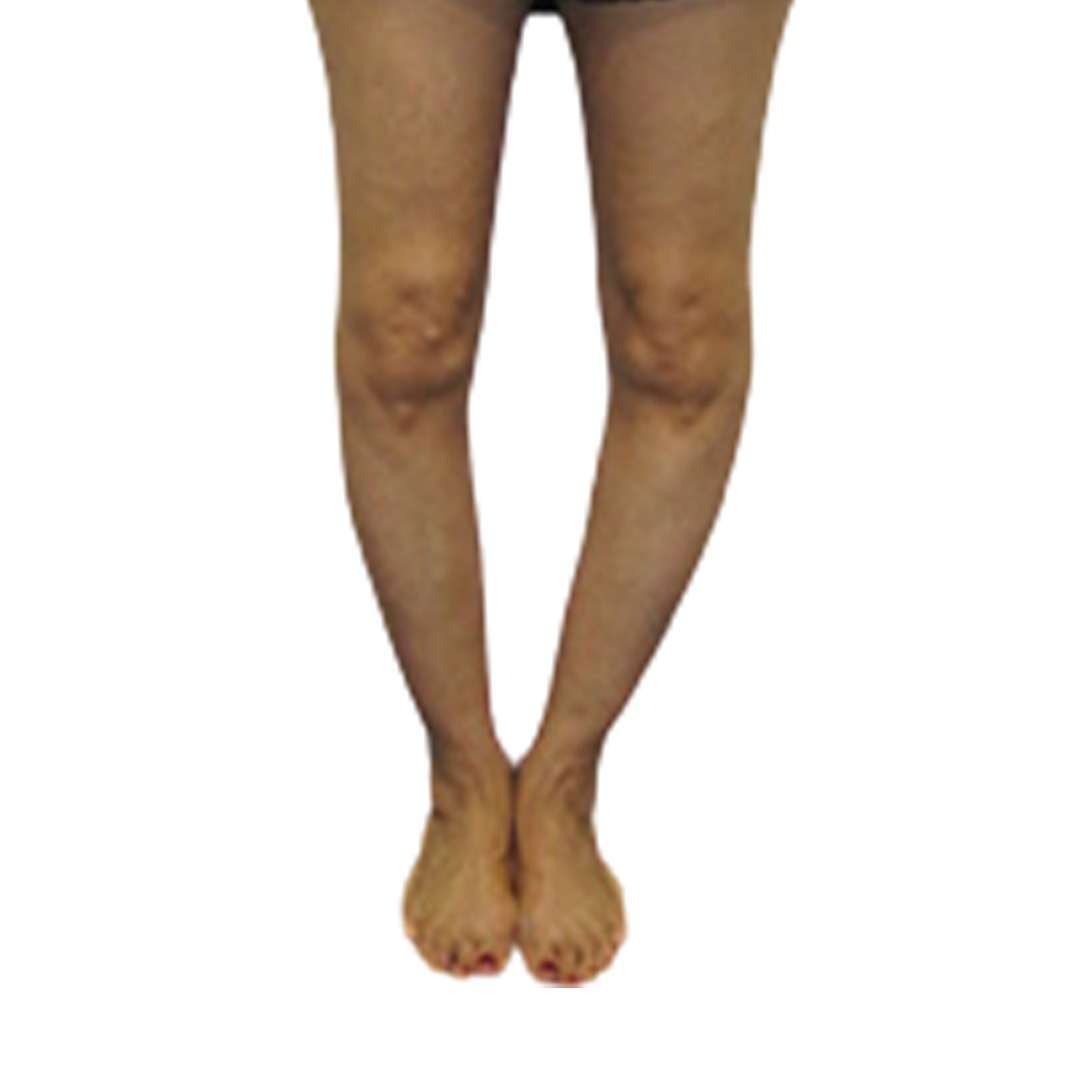
Bow knee correction is a common problem that can be corrected with surgery. The procedure involves fixing the kneecap so it points in the correct direction. It can be expensive, but there are options available if you can’t afford it.
Most people are born with bowed legs, which is not a problem for most. For some, however, the condition can be debilitating and cause pain. Bow knee correction surgery is one possible solution to this problem. This surgery involves realigning the bones in the knee in order to correct the bowlegs. While this surgery can be effective, it also comes with risks and side effects.
When you hear the term “bow legged,” you might think of someone who is very flexible and able to easily bow their legs. However, when it comes to bow legs in terms of orthopedics, this is actually a condition that is characterized by having knees that angle inwards too much and can cause problems with walking and running. While it’s not always a serious condition, depending on its severity, it can require bow knee treatment in thane , Contact Arora Clinic.
If you are looking for bow knee specialist orthopedic surgeon in thane for Bow Knee Treatment or if you have any query regarding the same, please feel free to contact Orthopedic Surgeon in thane Dr Bakul Arora at Orthopedic Clinic in thane Arora Clinic.
For Appointments Call – (+91) 9372972839
We are really honored to receive this and we will continue to serve the society better than ever We aim to provide the world-class Knee/Hip Replacement Surgical (Minimal Invasive Surgery) treatment to every patient suffering from knee or hip pain and at the same time make their life pain-free and happy.
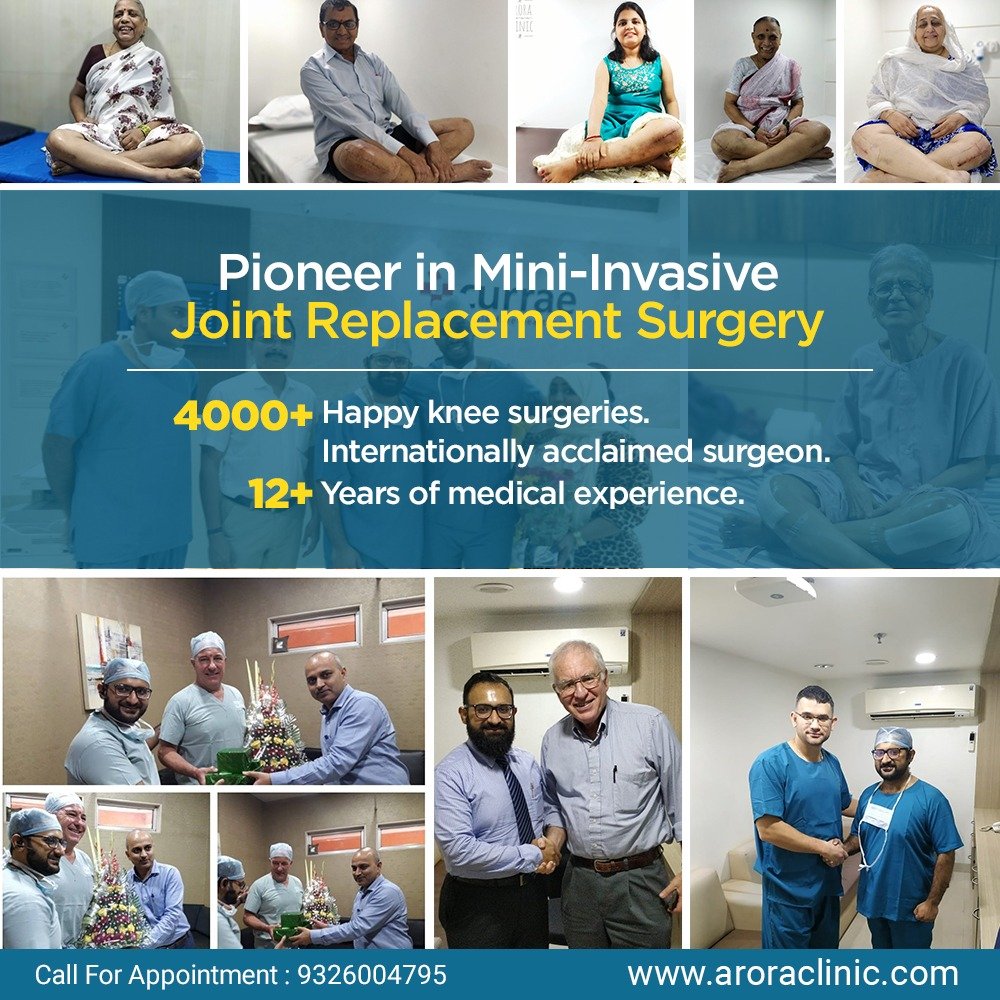
Dr. Bakul Arora’s Joint Replacement Clinic is also known as “Arora Clinic” which is located at Hiranandani Meadows in Thane, within a very convenient proximity to Mumbai. Arora Clinic dedicated clinic for Knee Replacement surgery and all kinds of Orthopaedic treatments and surgeries
The Arora Clinic is one of the most advanced Orthopaedic clinic in Thane region and dedicated to providing the best, personalised healthcare with a breadth of surgical and medical expertise. Arora Clinic offers the modern surgical treatments like “Minimally Invasive Knee Replacement Surgery” which is also called as “PAIN-LESS SURGERY” for any complex knee diseases.
Dr. Bakul Arora is a Consultant Joint Replacement & Orthopaedic Surgeon is one of the leading Knee Replacement Surgeon in Thane and Mumbai with over 4000+ successfully surgeries. Dr. Bakul Arora specialises in Mini-invasive techniques which offer multiple benefits to patients. He does the surgery using Subvastus approach for Knee Replacement surgery and Direct Anterior Approach for Hip replacement Surgery . This new techniques has many advantages for patients like its pain-less , stich-less surgery, patients walks on the same day after surgery, no blood loss, faster recovery etc.


Knee replacement is required for advanced arthritis of the knee joint, producing painful limitation of movements and restriction in activities of daily living. Knee replacement as a solution should be offered when all non–surgical methods of treatment failed and painkiller medicines and injections also failed to reduce the Knee and hip pains.
Knee replacement can be total or unicondylar, depending on the number of compartments involved. Among the total knee replacement, there are two popular designs- Cruciate Retaining, and Posterior Stabilized. The decision for the design is best taken by the operating orthopedic surgeon based on the integrity of ligaments. Patella resurfacing as a routine is a debatable subject.
Yes, most knee replacement surgeries are minimally invasive, with numerous benefits to the patient, including smaller incisions, less tissue trauma, bleeding and post–operative pain, shorter hospital stays, faster recovery, and earlier return to work and activities — in weeks rather than months. Advantages of Minimally Invasive Knee Replacement Surgery. Patients Start walking in few hours of surgery. Patients start climbing the staircase from second day of his surgery. Patients Discharge with in 3 Days from the Hospital after surgery. No blood loss during the surgery, no blood Transfusion required. Less Physiotherapy.( No Physiotherapist required for home) Less Antibiotic. Stitchless Surgery. Recovery time is just two – three week.
Bilateral knee replacement in the same sitting, can be performed if both the knee joints are damaged to the same extent, however, the medical condition of the patient, and bone quality must be kept in consideration.
Surgery through Minimally Invasive technique patients start walking on the same day and staircase climbing starts from the second day of surgery. Patients can resume his work after 3 – 4 week.
The most significant risks include Infection, Deep vein thrombosis,and Aseptic loosening of implants. The risks correlate with the co-morbid medical condition, and must be discussed with the patient before surgery.
Patients normally require hospitalization for 3-4 days in single knee replacement, and up to 5-6 days in both knee replacement surgery
A single knee replacement takes approximately 90 min- 2 hours. Both knee replacement surgery takes approx 2-3 hours.
Years ago, knee replacement surgery was reserved for elderly patients due to a high complication rate and lack of implant durability. Modern techniques have allowed orthopaedic surgeons to base surgical decisions on a patient’s pain and disability, and not necessarily chronological age. Most patients who undergo knee replacement are between the ages of 50 and 80, but surgeons evaluate patients individually and primarily on their physiologic age and demands.
Patients can resume his/her light work after discharge from the hospital, no need for rest.
Patients are given epidural anesthesia for surgery, and post op pain relief. They are expected to follow instruction from physiotherapist regarding muscle training.


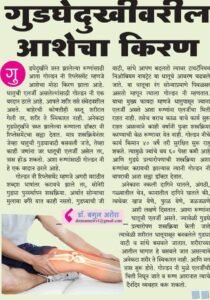

⇒ Wockhardt Hospital Mumbai Central, Mira road & Vashi
⇒ Apollo Spectra Hospital, Tardeo and Chembur
⇒ Cloud 9 Hospital, Malad
⇒ Criticare Hospital, Andheri
⇒ Arora Clinic, Hiranandani Meadows
⇒ Bethany Hospital, Vasant Vihar
⇒ Currae Hospital, Kapurbawdi
⇒ Horizon Hospital, Ghodbunder
⇒ Infinity Hospital, Majiwada
⇒ Lakecity Hospital, Khopat
⇒ Oscar Hospital, Majiwada
⇒ Drone Hospital, Bhiwandi
Arora Clinic, Shop No. 13, Block 2, Emerald Plaza, Hiranandani Meadows, Glady Alvares Road, Behind Standard Chartered Bank, Thane west – 400610
Contact: +91 93260 04795
Managed By Hopeland Healthcare @ All Rights Reserved 2023.
WhatsApp us